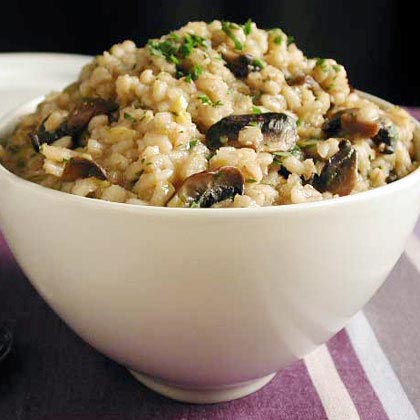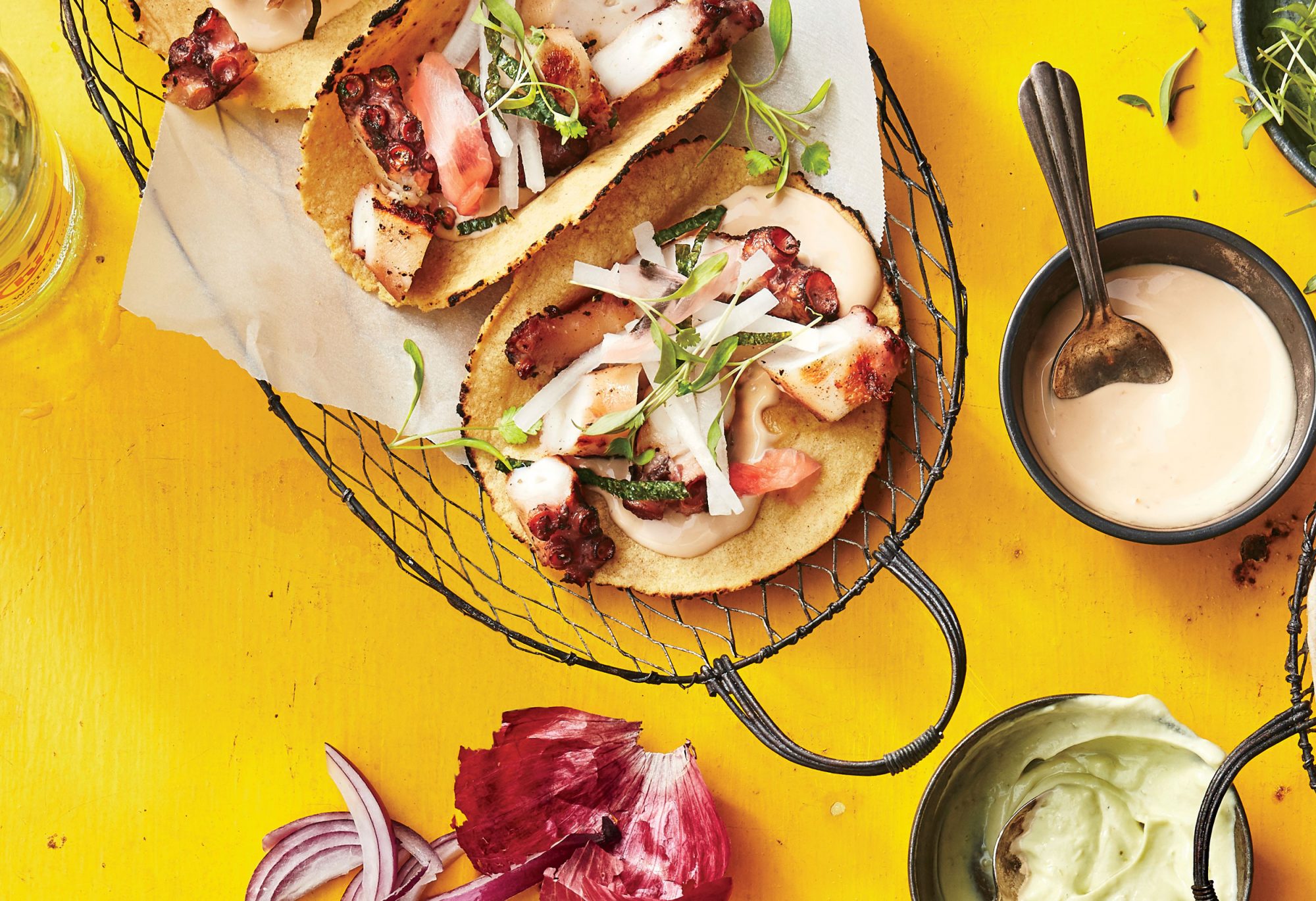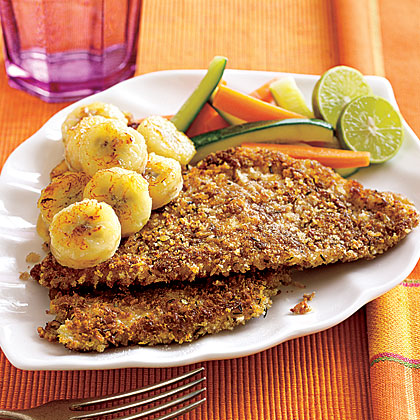Best Basic Pie Crust Dough
Bookmark this page

Ingredients
2 ½ cups all-purpose flour
1 tablespoon sugar
1 ½ teaspoons salt
7 tablespoons extra-cold butter, cut into small pieces
7 tablespoons extra-cold dough, cut into chunks
To make
When the thickness is reduced, this simple homemade pie crust gets a flaky texture, and the butter gives it a delicious taste.
Combine flour, sugar and salt in a large bowl. Drizzle with butter and mash. Using your hands, fork, baking dish, or two knives, rub the butter and shortening into the flour mixture until it looks like cornmeal with small pea-sized pieces.Use a fork to quickly stir in 1/2 cup of ice water (the mixture won't stick together). Place the dough and crumbs on a clean surface. Knead 5-10 times until the dough begins to stick together, but some pieces will still fall off. Divide the dough in half and shape each half into a 6-inch-diameter disc. Wrap each slice in plastic wrap and refrigerate for at least 20 minutes and a maximum of overnight.Fearless Pie Cake: Even experienced chefs may find it intimidating to make pie dough. The following tips will help you make an amazing crust with ease.The dough should remain cold and the butter thick. To make the cake puff, before baking, do not allow the butter to be absorbed into the dough. Why? Pieces of butter, which should be about the size of a pea, should melt in the oven, releasing steam that forms flaky crusts. If the dough feels too soft during operation, put it in the refrigerator for 15 minutes. When you roll out the dough, you should see how the streaks of butter pass through it.Roll out from the center. Rolling out the dough into a circle is much easier if you roll it out from the center to the edge in all directions.Don't overdo it. Mashing the dough and using too much flour can make the pie crust stiff and dry. Try to do both carefully, rolling out just enough to get the desired size, and using just enough flour so that the dough doesn't stick to the countertop.Use a cake batter bag. This handy tool reduces the rolling load by forming a round shape with a non-stick coating when rolling out the dough, which allows you to use less flour and avoid uneven edges. Simply put the cooled dough in a bag, zip it up, roll it out and transfer it to the mold. The bags come in different sizes for regular pies and deep-fried pastries. They can be purchased from many online sources (such as www.sugarcraft.com from $ 3 to $ 6 per package).Use store-bought dough. If you don't have much time (or patience), you can always use a ready-made dough. In our tests, we preferred chilled Pillsbury Just Unroll cake cakes ($99), which have a nice crunchy texture (with a slightly bland taste), and Trader Joe's Gourmet Cake cakes ($49), which have a more buttery consistency.Compress the edges. Crimping or fluting the edges of a double-crusted pie compacts the dough and prevents the filling from leaking out during baking. Even on a single-cake pie, squeezing can create a useful baking effect. There are many good techniques, but our favorite is to wrap the dough around the index finger of one hand, using the thumb and index finger of the other.Note: A nutritional analysis is provided for each serving.
Combine flour, sugar and salt in a large bowl. Drizzle with butter and mash. Using your hands, fork, baking dish, or two knives, rub the butter and shortening into the flour mixture until it looks like cornmeal with small pea-sized pieces.Use a fork to quickly stir in 1/2 cup of ice water (the mixture won't stick together). Place the dough and crumbs on a clean surface. Knead 5-10 times until the dough begins to stick together, but some pieces will still fall off. Divide the dough in half and shape each half into a 6-inch-diameter disc. Wrap each slice in plastic wrap and refrigerate for at least 20 minutes and a maximum of overnight.Fearless Pie Cake: Even experienced chefs may find it intimidating to make pie dough. The following tips will help you make an amazing crust with ease.The dough should remain cold and the butter thick. To make the cake puff, before baking, do not allow the butter to be absorbed into the dough. Why? Pieces of butter, which should be about the size of a pea, should melt in the oven, releasing steam that forms flaky crusts. If the dough feels too soft during operation, put it in the refrigerator for 15 minutes. When you roll out the dough, you should see how the streaks of butter pass through it.Roll out from the center. Rolling out the dough into a circle is much easier if you roll it out from the center to the edge in all directions.Don't overdo it. Mashing the dough and using too much flour can make the pie crust stiff and dry. Try to do both carefully, rolling out just enough to get the desired size, and using just enough flour so that the dough doesn't stick to the countertop.Use a cake batter bag. This handy tool reduces the rolling load by forming a round shape with a non-stick coating when rolling out the dough, which allows you to use less flour and avoid uneven edges. Simply put the cooled dough in a bag, zip it up, roll it out and transfer it to the mold. The bags come in different sizes for regular pies and deep-fried pastries. They can be purchased from many online sources (such as www.sugarcraft.com from $ 3 to $ 6 per package).Use store-bought dough. If you don't have much time (or patience), you can always use a ready-made dough. In our tests, we preferred chilled Pillsbury Just Unroll cake cakes ($99), which have a nice crunchy texture (with a slightly bland taste), and Trader Joe's Gourmet Cake cakes ($49), which have a more buttery consistency.Compress the edges. Crimping or fluting the edges of a double-crusted pie compacts the dough and prevents the filling from leaking out during baking. Even on a single-cake pie, squeezing can create a useful baking effect. There are many good techniques, but our favorite is to wrap the dough around the index finger of one hand, using the thumb and index finger of the other.Note: A nutritional analysis is provided for each serving.
Views: 191
Author:Admin
Published: 11/20/2023 8:56 PM
Was this recipe helpful to you?
Yes
No






Comments (0)